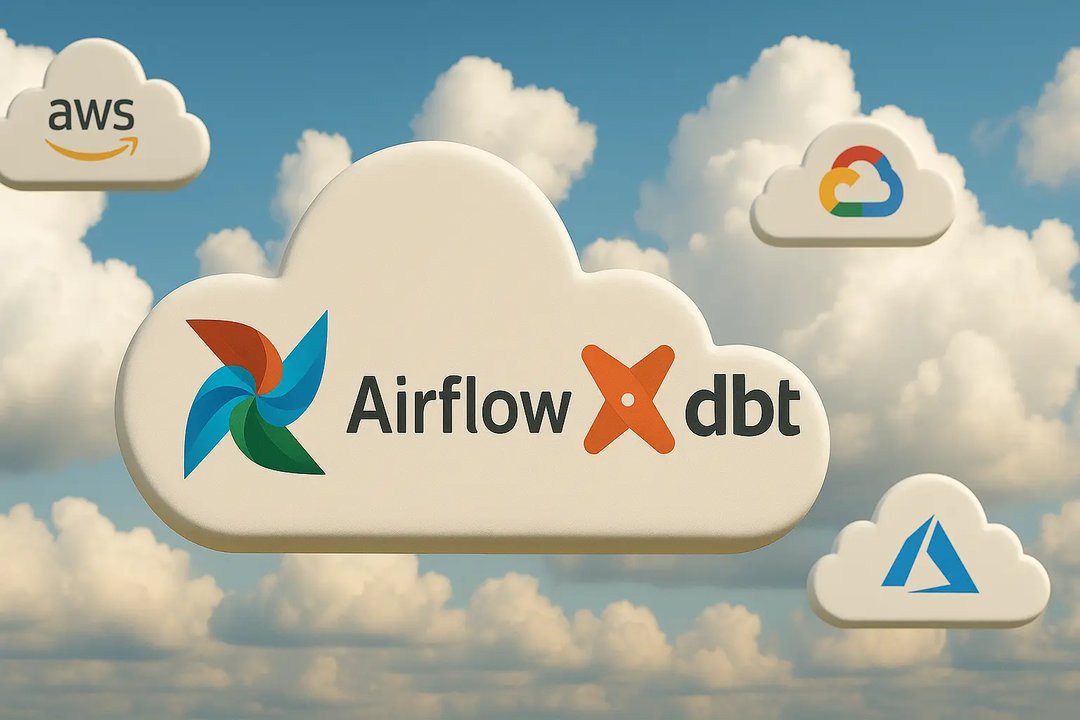
Maria Chojnowska
14 August 2023, 5 min read

What's inside
- Creating a Scalable Data Pipeline
- Architecting a Data Pipeline
- Creating a Big Data Pipeline
- Designing a Data Science Pipeline
- Conclusion
Data powers our digital era, yet harnessing its full potential can be challenging. Every successful data-driven decision-making process requires a robust and scalable data pipeline architecture, from big data to data science. In this article, we will explore how to create such a pipeline, delve into the intricacies of its architecture, and examine the unique considerations when dealing with big data and designing data science pipelines. We aim to guide you on your journey to unlock the true value of your data.
Creating a Scalable Data Pipeline
To begin with, let's answer the question: What constitutes a scalable data pipeline? It is essentially a data pipeline capable of maintaining optimal performance despite increases in data volumes or complexity.
- Defining the Requirements: Understanding your business and data needs is crucial in designing a scalable data pipeline. This involves identifying the type of data, anticipated data volumes, potential future growth, and the processing required.
- Choosing the Right Technology: Depending on your needs, you can opt for different technologies. To help you make an informed decision, let's dive into a comparative analysis of two leading technologies in data pipeline design: Apache Kafka and Apache Beam.
| APACHE KAFKA | APACHE BEAM | |
|---|---|---|
| PROS | ||
| High Throughput | Designed for real-time, high-volume data streams, perfect for analytics and event-driven architectures. | Unified Model: Provides a unified model for handling batch and stream data, simplifying data pipeline development. |
| Fault-Tolerant | Distributed nature ensures fault tolerance; even if one part fails, others can still function correctly. | Portability: Beam pipelines are portable and can run on multiple data processing backends. |
| Durability | Stores data on disk and replicates it within the cluster, ensuring no data is lost. | Advanced Windowing and Session Analysis: Supports complex windowing, triggering, and session analysis for advanced analytical use cases. |
| APACHE KAFKA | APACHE BEAM | |
|---|---|---|
| CONS | ||
| Complexity | Can be complex to set up and manage, requiring significant expertise. | Maturity: Being a newer project, it lacks the maturity and extensive community support that Kafka enjoys. |
| Limited Transformations | Excellent for data ingestion and streaming but offers limited capabilities for data transformation. | Operational Complexity: Running Beam pipelines across multiple runners can be operationally complex. |
| Limited Transformations: For complex transformations, you might need to use it in conjunction with another technology. |
The choice between Apache Kafka and Apache Beam ultimately depends on your needs. If real-time, high-volume data processing is a top priority, Kafka might be the right fit. If you're looking for a unified model for batch and stream processing with advanced windowing and triggering, Beam could be your go-to choice.
If you want to delve deeper into these choices and understand their application in a real-time context, consider reading the article “How to Build a Streaming Data Pipeline with Apache Kafka and Spark?”
- Designing for Scalability: The choice of technology alone doesn't guarantee scalability. Your pipeline's architecture must also support scaling horizontally (adding more machines) and vertically (increasing processing power). Microservices architecture, where each part of the pipeline can be scaled independently, is a particularly practical approach.
Architecting a Data Pipeline
Your data pipeline must perform multiple steps effectively in the journey from raw data to actionable insights. The right architecture can ensure seamless and efficient processing. Here's a breakdown:
- Data Ingestion: Data enters the pipeline from multiple sources like databases, APIs, or real-time streams. A robust architecture ensures seamless and fault-tolerant data ingestion.
- Data Processing: Raw data undergoes various processes, including cleansing, transformation, or machine learning model feeding. The pipeline architecture should ensure accurate and efficient data processing.
- Data Storage: Post-processing, the data should be stored for easy retrieval. Depending on your needs data warehouses, lakes, or databases might be used depending on your needs.
- Data Consumption: Finally, the processed data needs to be consumed by end users or applications via APIs, dashboards, or other interfaces.
Creating a Big Data Pipeline
For businesses dealing with massive volumes of data, constructing a big data pipeline introduces unique considerations.
- Parallel Processing: Big data pipelines should leverage distributed computing techniques for parallel processing, enabling scalability with data volume growth.
- Data Partitioning: Partitioning data across multiple machines or storage systems can significantly enhance performance and scalability.
- Resilience and Fault Tolerance: Given the large scale of data, the pipeline needs to be resilient and fault-tolerant capable of handling failures without interrupting operations. More insights can be found in the article Real-time Data Pipelines: Use Cases and Best Practices.
Designing a Data Science Pipeline
Data science pipelines are the backbone of any data-driven decision-making process. Here are a few additional elements that are specific to these pipelines:
- Exploratory Data Analysis (EDA): An effective pipeline should allow data scientists to explore and understand the data through visualizations and statistical summaries.
- Feature Engineering: A key part of many data science projects is creating features from raw data for use in machine learning models. Your pipeline should support this process.
- Model Training and Evaluation: Your pipeline needs to facilitate the training, testing, and evaluation of machine learning models on your data.
- Model Deployment and Monitoring: Once a model is trained, it must be deployed and monitored. Your pipeline should facilitate these steps, providing mechanisms to track model performance and update models as necessary.
Conclusion
In conclusion, designing a scalable data pipeline architecture requires a nuanced understanding of the business and data needs, selecting the right technology, and carefully considering scalability.
Whether you are architecting a data pipeline, dealing with big data, or setting up a data science pipeline, remember the critical steps: data ingestion, processing, storage, and consumption.
Although Apache Kafka and Apache Beam each have their pros and cons, the choice depends on your specific needs and use cases. Embrace the complexity and power of these technologies, and you'll unlock insights that can transform your business.
If you found this article useful, we encourage you to delve deeper into the topics by following the links provided throughout. Success in data pipeline design, as with any business initiative, requires continuous learning and adaptation.
Stay ahead of the curve by keeping up with industry trends and best practices. Remember, data is your business's most powerful asset. Harness it right, and you'll see results that extend well beyond the bottom line.


